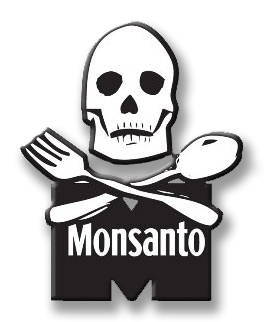Approval of New Chemical-Resistant GMOs Likely to Prompt Pesticide Escalation
A decade and a half after farmers began planting the first genetically engineered (GE) crops, the future is clear. The scientists who pioneered genetic engineering thought of themselves as environmentalists, creating products that could reduce pesticide use. Instead, they have simply perpetuated the same "pesticide treadmill" as their pesticide-peddling counterparts resulting in the application of a greater volume of ever more toxic pesticides.

 In case you had any doubt that California's Prop 37 -- which would require labeling of food containing genetically-modified organisms (GMOs) -- is a significant threat to industry, a top food lobby has now made it perfectly clear.
In case you had any doubt that California's Prop 37 -- which would require labeling of food containing genetically-modified organisms (GMOs) -- is a significant threat to industry, a top food lobby has now made it perfectly clear. After a series of court defeats over the past few years, Monsanto and friends are trying to use Congress to make an end-run around the courts and current law. Lawsuits brought by opponents of genetically engineered (GE) crops resulted in the temporary removal of two products --
After a series of court defeats over the past few years, Monsanto and friends are trying to use Congress to make an end-run around the courts and current law. Lawsuits brought by opponents of genetically engineered (GE) crops resulted in the temporary removal of two products --  A judge in New York sided with Monsanto and against organic farmers in the first case of its kind seeking to protect famers from being accused of patent infringement upon unintentional contamination by Monsanto's GMO seed.
A judge in New York sided with Monsanto and against organic farmers in the first case of its kind seeking to protect famers from being accused of patent infringement upon unintentional contamination by Monsanto's GMO seed. CMD's guest blogger, Jill Richardson, has done some ground-breaking reporting on the potential cause of the massive bee die-off.
CMD's guest blogger, Jill Richardson, has done some ground-breaking reporting on the potential cause of the massive bee die-off.